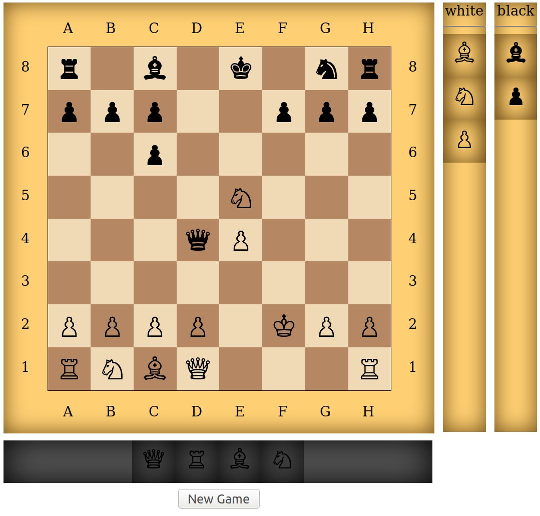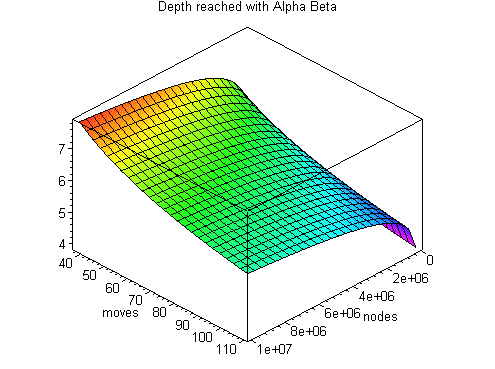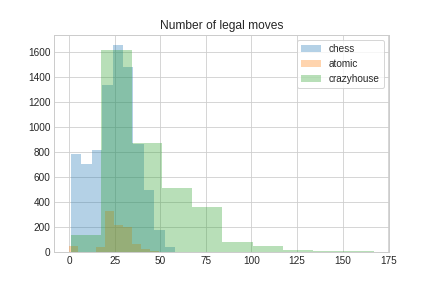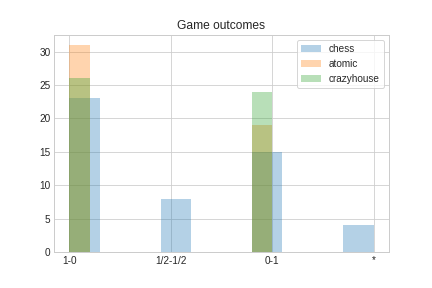-
Notifications
You must be signed in to change notification settings - Fork 44
Home
There were several changes compared to CrazyAra 0.1 the version which went live September 7, 20:00 hrs to September 9, 14:30 hrs.
The following wiki-pages give you a brief overview of the input, output-representation, training-process and an evaluation of CrazyAra's current strength.
Crazyhouse is a chess variant which is similar to normal chess. It incorporates all of the classical chess rules such as castling, En Passant and draw by 3 fold repetition. The main addition is the ability to reintroduce pieces that can be captured from the opponent. The captured piece switches its team to the opponent player’s pocket. Instead of playing a classical move, the player has then the possibility to drop the piece back on an empty square of the board. Only pawns cannot be dropped first or eighth rank. The element of dropping captured pieces is similar to the game of shogi, with the difference that pieces can also be dropped to achieve immediate checkmate. Crazyhouse is similar to Bughouse chess, but played by two players instead of four.
-- Droste, S. & Fürnkranz, J. (2008). Learning of piece values for chess variants (Tech. Rep.). Tech. Rep. TUDKE2008-07, Knowledge Engineering Group, TU Darmstadt.

Example board position in a Crazyhouse game
"Programming Crazyhouse chess is an interesting challenge. The figure below shows that the huge average number of possible moves per position in crazyhouse (because you can drop all your pieces in hand on almost all squares) results in much less depth reached compared to normal chess. Because of this crazyhouse programmers face some problems today fast hardware has solved for normal chess.".
-- Ben Dean-Kawamura, Georg v. Zimmermann

http://sunsetter.sourceforge.net/ (Url-Date: 2018.10.27)
Monte Carlo Tree search in contrast enables reaching high depth with comparable low amount of nodes. This is because the neural network carefully selects promising moves and suboptimal lines are discarded early.
In the following experiment 50 games have been generated for traditional chess, atomic-chess and crazyhouse-chess. In each board state a random legal move was chosen. If a mate in one move was possible it was always taken.

In the following histograms one can draw the following conclusions:
- Then number of legal moves is up to three times higher compared to traditional chess.
- Crazyhouse games are usually shorter than normal chess games and the percentage of draws is almost zero for random Crazhyouse games. This is due to the fact that Crazyhouse games are a more tactical and the element of end games is missing in Crazyhouse.
.png) |
 |
- Home
- Installation
- Engine settings
- Command line usage
- Build instructions
- Programmer's guide
- Setting up CrazyAra as a Lichess BOT
- Neural network
- Strength evaluation
- FAQ
- Stockfish 10 - Crazyhouse Self Play
- Paper Instructions